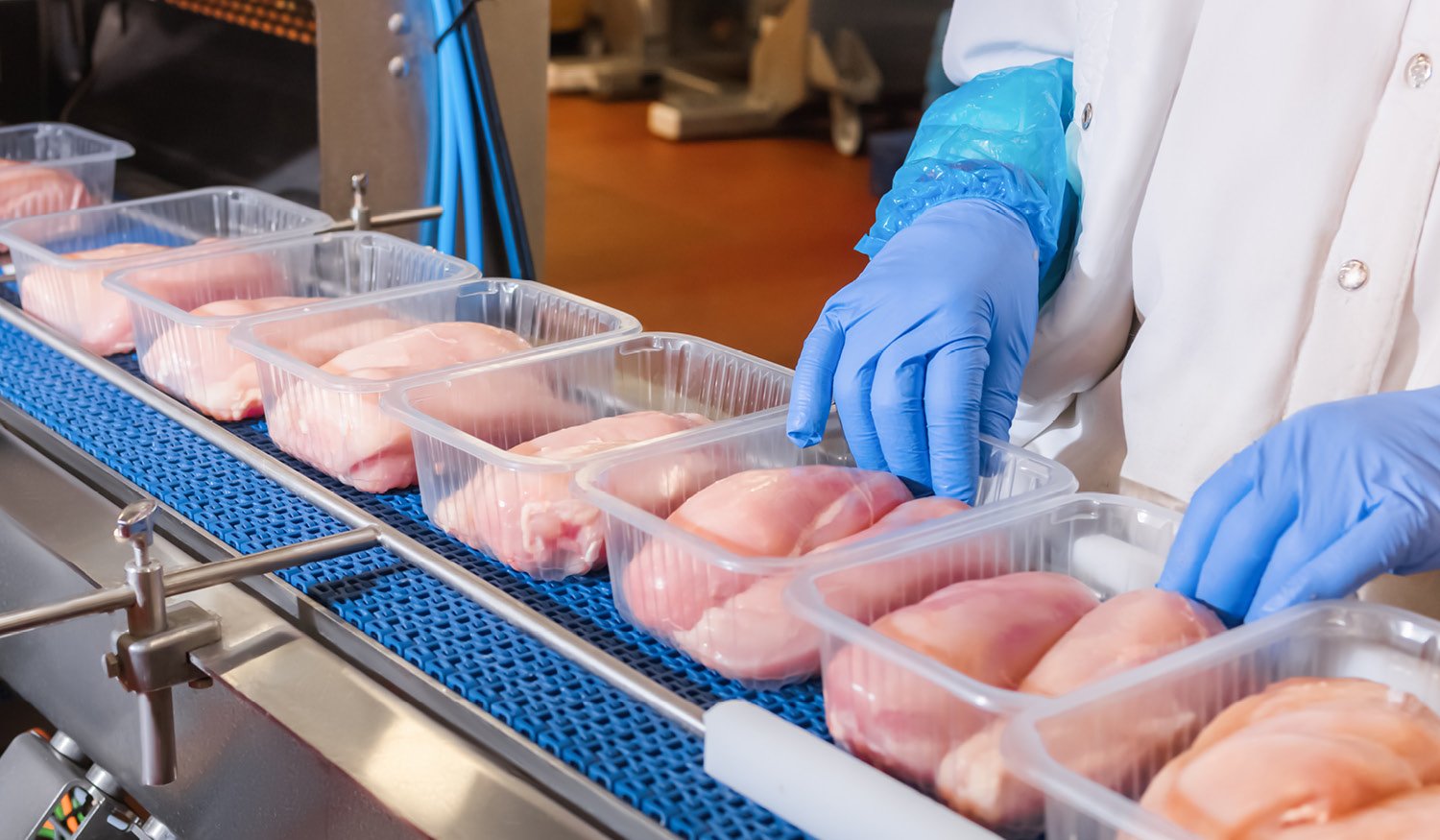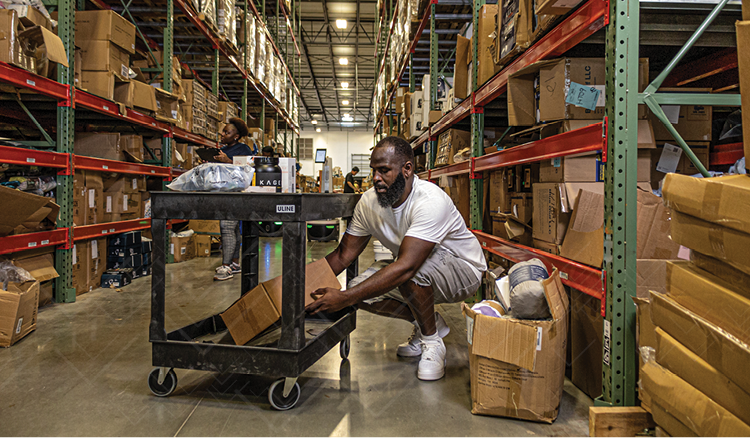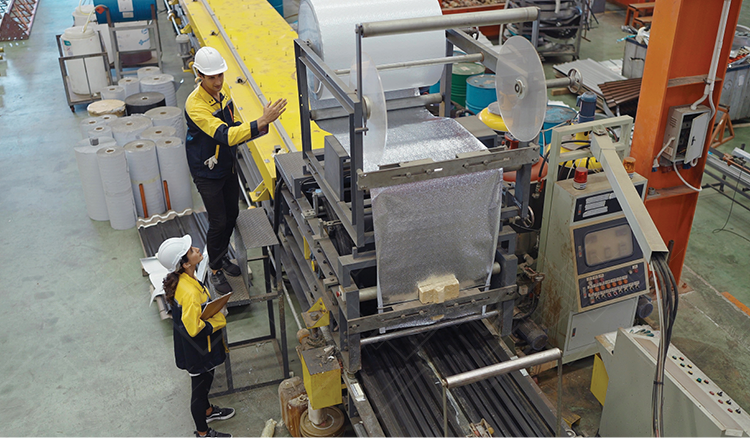POV: Continuous Improvement Leader, Food and Beverage Manufacturing
Rising labor costs, inflation, and supply chain issues have a very real impact on product prices and that’s noticeable to consumers. Couple that with customer expectations for shorter lead times and a higher product mix, and you’re beginning to risk your business’ profitability. In this competitive environment, Manufacturers must actively pursue cost savings and service improvements to preserve their market share and margins, and for food co-pack and co-manufacturers, that means competing with other co-man/co-packs, and their own customers, to deliver products at the lowest possible cost.
Continuous improvement teams are tasked with identifying and delivering those improvements, but that also presents some significant challenges. Choosing the highest impact improvement projects is essential to meeting aggressive savings targets. Higher volume products or processes tend to be larger savings opportunities, but changing volume adds another level of complexity. Once implemented, cost savings depend on the throughput for that product or process in order for it to hit the P&L. Projects may underperform savings goals simply because production volume is less, which can be frustrating for CI teams working to meet their cost savings targets.
In one case, we had a plant that was struggling, delivering approximately 80% of their scheduled volume per week versus a target of 98%. There were a variety of issues driving poor performance, including scheduling inefficiencies, difficulties with the labor supply, and how responsive the plant was to those changes. Not only did this result in poor financial performance for the plant, but the lower volumes were causing us to miss our cost savings targets as well. Over a 12-week period, the management team executed focused improvements to address the issues threatening the plant’s profitability and help realize the full potential of our cost savings initiatives. It was quite an achievement, and the improvements affected nearly every area of the plant. With the benefit of hindsight, I can think of several ways utilizing Veryable would have helped us realize those results even quicker.
Quite common in Food Manufacturing, imagine running out of an ingredient because of a missed supplier delivery. Now you’re faced with lost production volume unless you can reschedule, and rescheduling may mean sacrificing volume from another product, running a weekend shift on overtime, or even pushing the shift to the following week. Veryable makes adapting to those shifting needs simple. By leveraging a labor pool of on-demand workers, you’ll have options to pull up orders, schedule a make-up shift or even run production on the weekend without incurring overtime. It’s difficult to achieve that level of flexibility from your traditional workforce, but Veryable makes that possible with an efficient online marketplace for experienced manufacturing and logistics labor.
In other cases, labor constraints led us to cancel shifts or run production lines at partial capacity. Hiring cycles can take weeks, making the timeframe to scale up much too long to help. Additional difficulties hiring caused us to increase the hourly wage, which meant we needed to double our cost savings efforts to avoid passing those additional costs on to our customers. Veryable solves for this as well by engaging an under-utilized portion of the workforce, the increasing number of individuals that want or need a flexible work schedule. With Veryable, businesses can create an on-demand labor pool of workers that can be utilized on short notice to immediately scale as needed, maintain optimal labor levels, and avoid increasing costs.
From the perspective of a regional continuous improvement manager, there were multiple ways my teams would have been able to leverage the flexibility Veryable offers to execute additional improvement opportunities. While all my plants had dedicated continuous improvement teams to identify and plan projects, we relied on production resources to execute those initiatives. Even with their prior buy-in and approval, plant managers were reluctant to allocate resources to kaizen events and other CI activities, particularly when those same resources may be needed to meet production goals. The spare capacity Veryable offers could have been a force multiplier for continuous improvement. Using Veryable to backfill work in production would have freed experienced resources for CI activities, allowing us to complete additional projects and deliver increased savings back to the plant.
For Continuous Improvement, Lean, and operations leaders check out the Lean Center of Excellence. Here you will find content for both beginner and advanced practitioners. There are step-by-step guides, Lean methodology templates, and thought leadership blogs that cover a variety of topics to spark ideas for your operations and your teams.
Veryable provides continuous improvement and operations with a capability they’ve never had before, the ability to instantly scale to avoid common production issues and leverage additional cost savings opportunities, allowing them to win the day, every day.
For more information, visit our Lean Center of Excellence Homepage or our homepage for Continuous Improvement, Operational Excellence, and Lean Professionals.
Previous Posts
How Policy Constraints, Not Just Production Bottlenecks, Threaten Your Bottom Line
The Future of Manufacturing and Logistics
Create a free business profile today to explore our platform.






